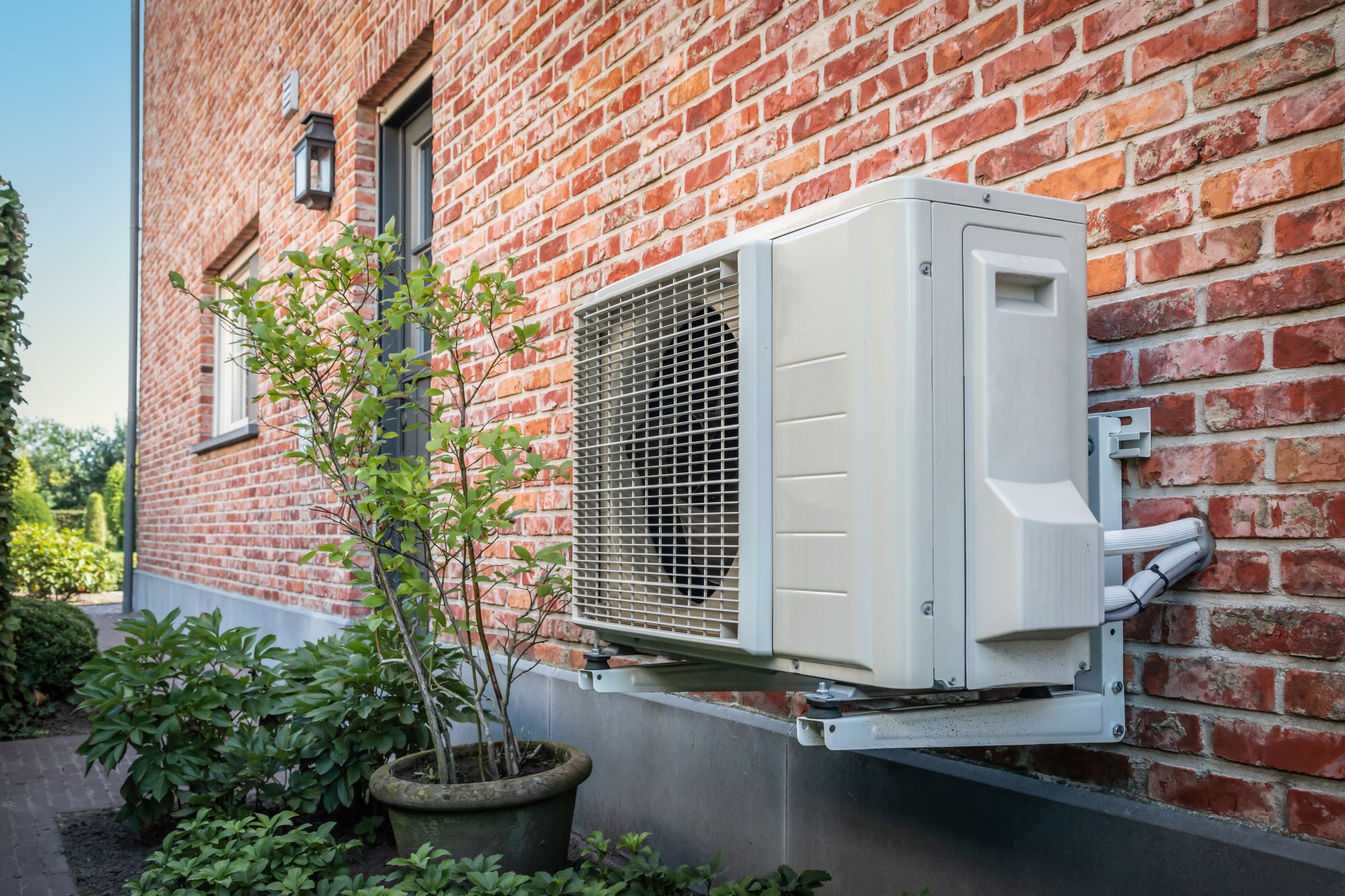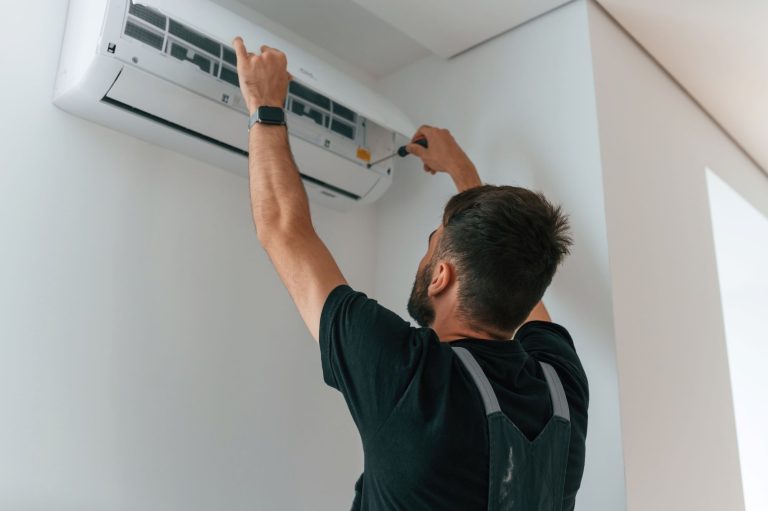As the world grapples with unpredictable weather patterns, the demand for heating, ventilation, and air conditioning (HVAC) systems has skyrocketed. With a growth rate of 5.43% expected between 2022 and 2028, the industry’s market size is predicted to surpass USD$ 309 billion by 2028.
Air conditioner installation is a process that involves selecting the appropriate cooling system, preparing the installation site, and hiring a professional to set up the unit correctly. Regardless of the time of year or the climate you live in, having an efficient air conditioning system can significantly enhance the comfort of your living or working space.
Supposing you have an existing HVAC installed, here’s a quick video that will help you determine if it’s time to replace your old unit:
It’s essential to have a clear understanding of the costs involved in air conditioner installation to make an informed decision and stay within your budget. Furthermore, knowing the factors that influence the cost of installation can help you make better choices when selecting a system and a contractor. Doing a quick search online with the keyword “AC service near me” can help you narrow down your options.
The cost of air conditioner installation
The cost of air conditioner installation can be influenced by several factors, including the type and size of the air conditioning unit, the complexity of the installation process, labor costs, and additional equipment or material requirements.
According to a report by HomeAdvisor, the average cost of installing a new air conditioner in the United States is typically between USD$ 3,000 and USD$ 8,000, averaging at almost USD $6,000.
The first step in creating a budget for your AC installation is determining what type of air conditioner unit your living space would require.
Types of air conditioners
In today’s market, there is a wide variety of air conditioning systems available, each designed to meet specific needs and budgets. It’s advisable to contact a professional HVAC service provider in your area to assess the best type of AC unit for your home. If you’re residing around Atascocita, Texas, you can search for “AC service near me Atascocita, TX” to find a reputable technician.

Here are four common types of air conditioners and their respective cost ranges:
- Window units
These are compact, self-contained air conditioners designed to fit in a window or a custom opening in a wall. They are relatively easy to install and are suitable for cooling single rooms or small spaces. The cost range for window units, including installation, is typically between USD$ 150 and USD$ 500.
- Portable units
These are mobile air conditioners on wheels that can be moved from room to room. They require minimal installation, usually involving only an exhaust hose that vents hot air outside through a window. Portable units are ideal for temporary cooling needs or spaces with restrictions on permanent installations. The cost range for portable units is approximately USD$ 150 to USD$ 500.
- Ductless mini-split systems
These systems consist of an indoor unit connected to an outdoor compressor. They don’t require ductwork, making them more energy-efficient than central systems. Mini-split systems are suitable for cooling individual rooms or areas in a home or office. The cost range for ductless mini-split systems, including installation, varies between USD$ 2,000 and USD$ 14,500, depending on the number of zones and the system’s capacity.
Having explored the different types of air conditioners and their respective cost ranges, you can now make a more informed decision when selecting the most suitable system for your needs.
Factors affecting installation cost
When planning your air conditioner installation, it’s essential to consider other important factors, aside from the AC type, that can influence the overall cost. Here are some other key elements that can impact installation expenses.
- Size and cooling capacity
Air conditioning units are evaluated based on their ability to cool, which is quantified in either British Thermal Units (BTUs) or tons. The larger the capacity, the more powerful the unit, and the more it will typically cost to install. Additionally, larger units require more labor and materials, leading to higher costs.
The current state of your home or building’s infrastructure may affect the installation process. If modifications are required to accommodate the new system, costs may increase. Furthermore, the installation site’s accessibility can impact the difficulty and time required for installation, potentially affecting the overall cost. Some installations may necessitate structural alterations or adjustments to electrical systems, which can also increase costs.
- Labor costs
Labor costs can vary depending on your region, with urban areas typically having higher labor rates than rural ones. Additionally, more experienced and reputable contractors may charge higher rates for their services, but they can often provide higher quality work and more reliable results.
- Equipment and material costs
The quality and brand of the air conditioner can influence the overall cost. Higher quality or more well-known brands may be more expensive, but they often offer better performance, energy efficiency, and warranties. Additional materials such as ductwork, insulation, and mounting hardware may be needed, which can also affect the overall cost.
Aside from these items, there are other additional expenses to consider, such as permits and inspections, which may be required by local regulations. Removal and disposal of old equipment could also incur expenses. Lastly, don’t overlook the importance of maintenance and service contracts, which can ensure your system remains efficient and operational for years to come.
Conclusion
Investing your time in gathering information and carefully considering your options, you can ensure that you get the best value for your investment in an air conditioning system that meets your needs and provides long-term comfort. A well-planned installation can help you avoid unexpected expenses and ensure you’re getting the best value for your investment.

